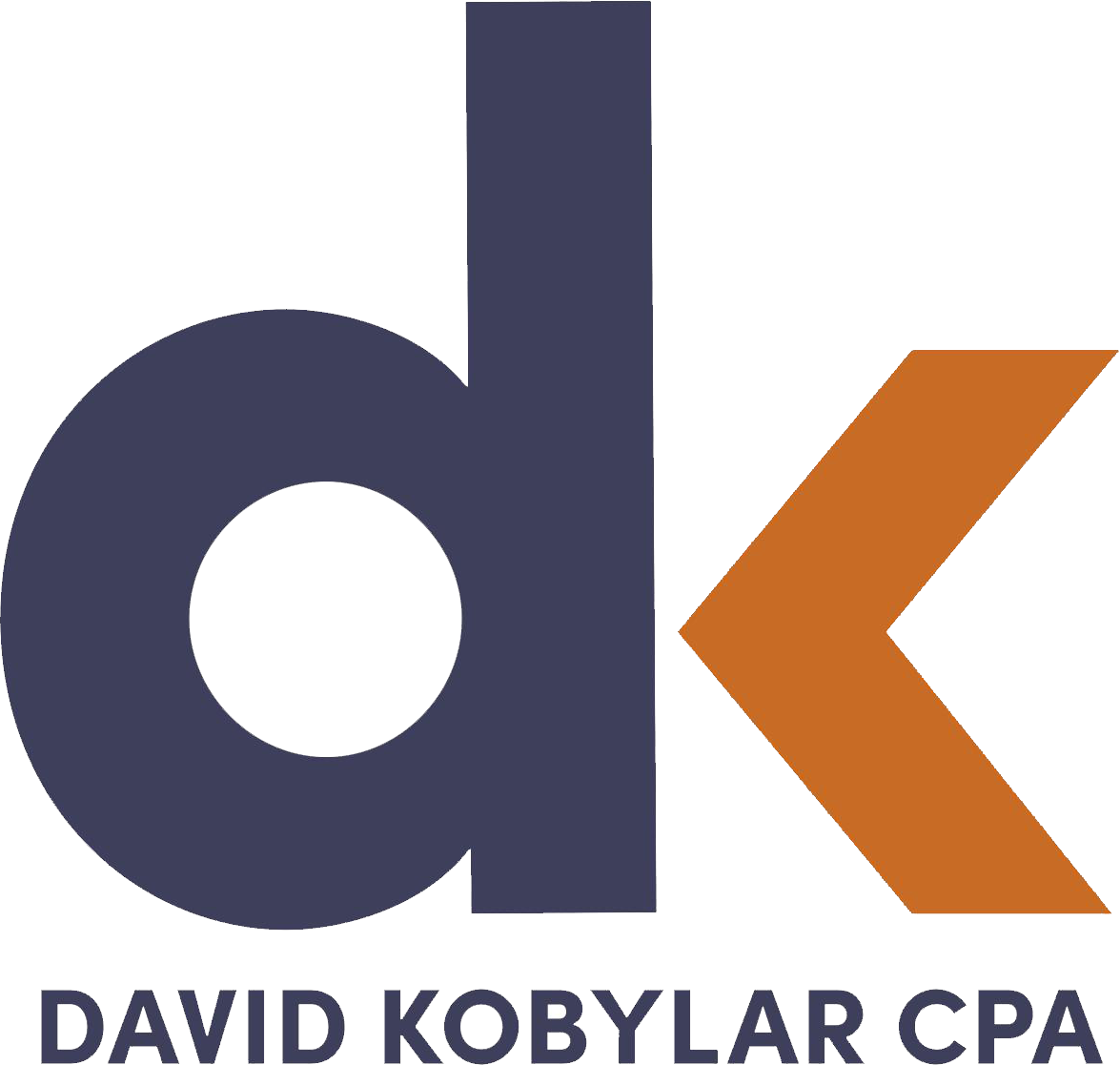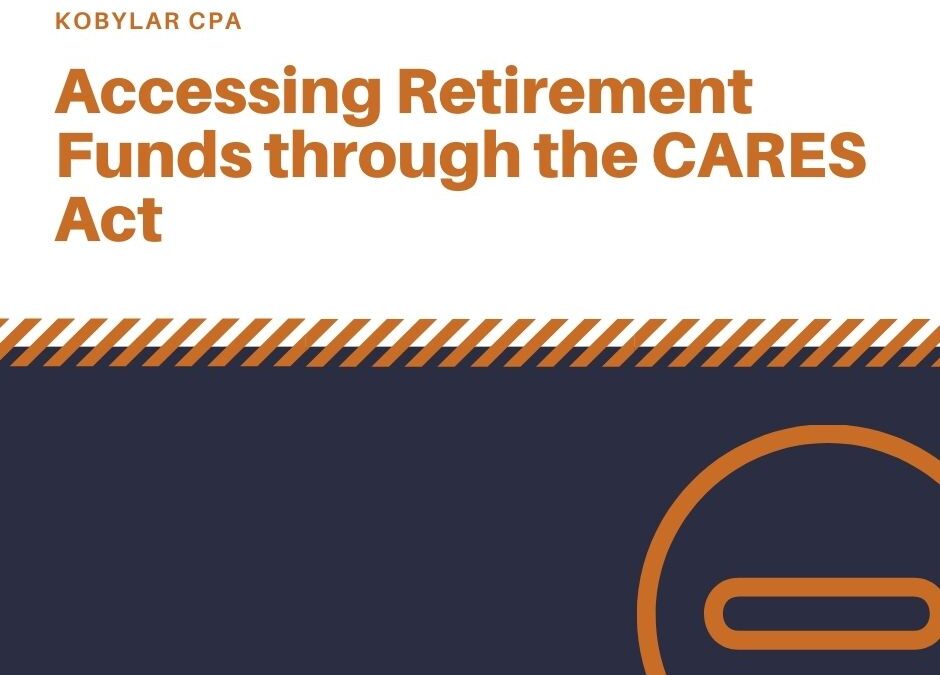Should you use the CARES Act to access your retirement funds?
The CARES Act provides an option for individuals adversely affected by the Coronavirus to access their IRAs, 401(k) or 403(b) plans with favorable tax treatment.
Qualified individuals can receive up to $100,000 of COVID-19 related distributions and choose to have the tax paid ratably over three years or rollover the distributions within three years to completely avoid federal income tax. The usual 10% penalty on early distributions if you are under age 59 ½ does not apply to Coronavirus-related distributions either. The distributions must be made between January 1, 2020 and December 31, 2020.
You will be qualified if:
- You are diagnosed with the virus SARS-CoV-2 or with coronavirus disease 2019 (COVID-19) by a test approved by the Centers for Disease Control and Prevention;
- Your spouse or dependent is diagnosed with SARS-CoV-2 or with COVID-19 by a test approved by the Centers for Disease Control and Prevention;
- You experience adverse financial consequences as a result of being quarantined, being furloughed or laid off, or having work hours reduced due to SARS-CoV-2 or COVID-19;
- You experience adverse financial consequences as a result of being unable to work due to lack of child care due to SARS-CoV-2 or COVID-19;
You experience adverse financial consequences as a result of closing or reducing hours of a business that you own or operate due to SARS-CoV-2 or COVID-19; or - You experience adverse financial consequences due to other COVID-19-related factors to be specified in future IRS guidance.
When are the taxes due? The distributions generally are included in income ratably over a three-year period, starting with the year in which you receive your distribution. For example, if you receive a $9,000 coronavirus-related distribution in 2020, you would report $3,000 in income on your federal income tax return for each of 2020, 2021, and 2022. However, you have the option of including the entire distribution in your income for the year of the distribution.
You may repay all or part of the amount of your distribution to an eligible retirement plan, provided that you complete the repayment within three years after the date that the distribution was received. If you do, the distribution will be treated as though it were repaid in a direct trustee-to-trustee transfer so that you do not owe federal income tax on the distribution. You would need to amend your prior return(s) to claim a refund of the tax attributable to the amount of the distribution that you included in your prior years’ income.
Subscribe to our blog or follow our social media channels so we may keep you up to date with the latest information.

